Text
Dialogue Responses
"Where do we go from here?"
"You tell me."
"I wish I knew."
"Why do you ask me?"
"I honestly don't know."
"The only way is forward."
"Hopefully to a better place."
"Back to where we came from."
"We need to leave the past behind."
"Oh, but I'm horrible with directions."
"Doesn't matter, as long as we're together."
If you like my blog and want to support me, you can buy me a coffee! And check out my Instagram! 🥰
928 notes
·
View notes
Text
“I feel sorry for anyone who is in a place where he feels strange and stupid.”
— Lois Lowry
94 notes
·
View notes
Text
Resources for Writers
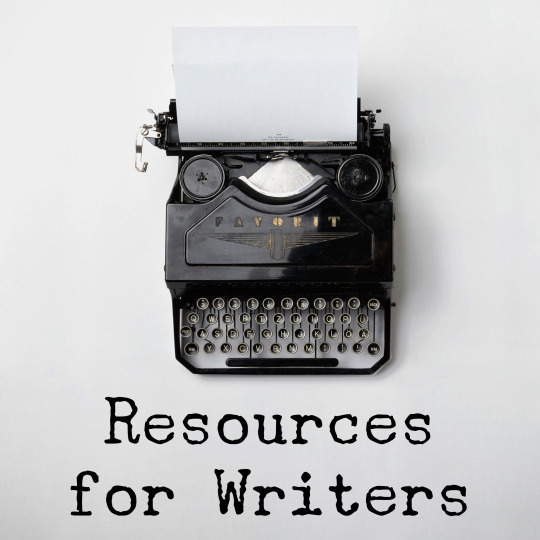
If you’re coming to this list from a reblog, please click through to the original post as it may be updated with more content!
Please note I haven’t read everything on this list, so I can’t speak to all it contains/ accuracy, ya dig?
Writing a Blind or Visually Impaired Character by @mimzy-writing-online
Resources For Writing Deaf, Mute, or Blind Characters by @thecaffeinebookwarrior
Writing Sign Language F.A.Q by @concerningwolves
Words for Skin Tone | How to Describe Skin Color by @writingwithcolor
Words to Describe Hair by @writingwithcolor
So You Want Your OC to be Jewish by @bailey-writes
-
Body Language Cheat Sheet for Writers from @theinformationdump
Cheat Sheet for Writing Emotion by @thewriterswitch
How to Write a Realistic Argument by @she-who-fights-and-writes
How to write softness by @oriorwriter
Writing villains / villains motivations by @the-modern-typewriter
Personality traits/flaws by @rivalwrites
Writing Consent - written for The Witcher fandom but the advice is actually general, by @hailhailsatan
How to Write Characters in Realistic Polyamorous Relationships - by @simplyoriginalcharacters
How to Write OCs With Trauma
Writing Enemies to Lovers by @pianowritesstuff
How to write a kiss
-
Resources For Writing Sketchy Topics by @wordsnstuff
Resources for Writing Injuries by @wordsnstuff
Writing Advice - On Arrow Wounds by @salt-and-a-dash-of-pepper
Fainting and Losing Your Consciousness for Writers by @artistsfuneral
What it Feels Like to be Punched in the Face by @burn-brighter-than-fire
Symptoms of dying that aren’t coughing up blood
MC going “no pain medication, I don’t want to cloud my mind” is ableist (and possibly nonsense)
-
Sword Fighting for Fic Writers by @clockadile
Archery info by @mikiri
Video going over “homoerotic potential” of armour - if one character helps another with their armour, what parts are sexy/have kiss potential? (video)
Plate armour is noisy (video)
Horse info 101 by @thecomfortofoldstorries
Fantasy Guide to Employment: Household of a Castle by @inky-duchess
On servant liveries by @sartorialadventure
Info on medieval castles, handedness and weaponry
About blacksmiths by @rederiswrites , @cycas & @ilsa-fireswan
Tips & Info from Bartenders by @floramaisel , @luimnigh & @thecomfortofoldstorries
Useful Geographical Descriptors for Writers by @octoswan
-
Thoughts on werewolf instincts
Emotionally influenced magical talents that give all developing relationships that Good Urban Fantasy Flavour by @laurasimonsdaughter
-
Words you can use in place of “said,’ and an argument for using it
Deleting the words feel/felt/feeling from your writing by @theliteraryarchitect
Narrative Anchors: How to hold your readers’ attention, wherever you take them by @michaelbjorkwrites
Tips for writing two characters with the same pronouns together
Dialogue Punctuation by @whatagrump
Categories of Plot Twists by @your-fluffy-murder-writer
-
How to swear in latin
French Youngster Slang by @frenchy-french
Translators: tumblrs that have offered to help translate phrases etc list by @therogueheart
Common Language in fantasy by @thequantumwritings
-
on poetry
-
Prompts & Tropes, Oh my! by me
-
Writing with ADHD (by a writer w/ adhd) by @heywriters
Writing advice: write badly! Just write by various users
Writing advice from my uni teachers by @thewritingumbrellas
Tips for writing/getting back into it by @thewalkingnerdx
Writing advice from Chuck Palahniuk
Thoughts on writing from Joan Didion & rupi kaur
Posting and Formatting:
Writing a Summary by @rjeddystone
Making your paragraph breaks screen-reader-friendly by @therogueheart , video on the same by @ao3commentoftheday
Tips for writers posting on Tumblr & AO3 by a few of us
Further tips re: posting on AO3 by @jenroses
Fun formatting things you can do on AO3! by @rosemoonweaver
Content Warnings & Tagging on Tumblr by @hailhailsatan
Notes on Fandom, Fanfic & Fanart as well as a bit about tagging on Tumblr by @inber & @limerental
Don’t talk down your writing by @insomniac-arrest
How to block Anon Hate on Tumblr by @geraltrogerericduhautebellegarde
- -
If you have rec’s please send them my way!
- -
Ko-fi ☕️
4K notes
·
View notes
Note
Hi, so I've finished a short story, a first draft you could say, but there are still some kinks in it that I want to iron out. What is stopping me is that it seems just such a huge job, I wouldn't know where to start. And so I keep making excuses. (Chances are I'll use this as an escuse as well, that I'll wait until I hear your answer.) Any tips on where to start?
Procrastination & The Editing Stage...
Procrastination is typically a symptom of anxiety and perfectionism. Before you ask how you solve the problem, you should figure out why you’re having it in the first place. This is an immensely helpful practice in the long run. Ask yourself why you’re so anxious to start examining your own work and test various possible exercises that could soothe this anxiety long enough to get started.
Editing is understandably very intimidating. It’s daunting to have to sit down and actively look for flaws (or as I like to say, room for improvement) in your own work. Writing is a practice in vulnerability sometimes editing can feel like critiquing your own emotions. In order to edit well, you have to detach from your own connection to the content and view it objectively. If you’re having trouble with this, I recommend putting literal distance between yourself and the writing.
Let it sit physically and mentally away from you for a few months and then come back to it with fresh eyes and preferably a second project in the foreground of your writing time. This will allow you to see it as a story rather than a part of you, and therefore you will find it easier to criticize.
I have a few posts and tips that touch on the subject of procrastination and approaching work you’re intimidated by that expand upon the topic:
Stop Getting Too Attached When Writing
Healthy Forms of Motivation
How To Have A Productive Mindset
How To Fall In Love With Writing
Writing Through Mental Health Struggles
Dear Writers Who Are Hesitant To Start Writing
“All First Drafts Are Crap” -- My Thoughts
Getting Back To Writing After A Long Hiatus
Why “Burnout” Is Oay - The Creative Cycle
Wanting To Finish A Story You’ve Fallen Out of Love With
How To Use Beta-Reader Feedback
How To Actually Get Writing Done
Writing On A Schedule
Coming Back To A Story After A Break
Coming Back To A Story You’ve Grown Since
How To Prevent Getting Stuck
Sticking To A Story (Working on Multiple Projects)
Writing Your Way Through The Plot Fog
Get Back Into The Stride of Writing
When you are finally ready to start editing, perhaps a few of these resources may be helpful to you:
Step-By-Step : Editing Your Own Writing
Improving Flow In Writing
Constructive Criticism : How To Give & Receive
How To Make A Scene More Heartfelt
How To Perfect The Tone
Editing & Proofreading Cheat Sheet
A Guide To Tension & Suspense
What To Change Draft-By-Draft
Dialogue Punctuation
Finding And Fixing Plot Holes
On Underwriting
Denoting Flashbacks
Ultimate Guide To Symbolism
Expanding Scenes
Naming Stories
Tips on Descriptions
Tips on Balancing Development
Tips on Connecting Chapters
Tips On Dialogue
Using Vocabulary
Balancing Detail & Development
Showing Vs Telling
Writing The Middle of Your Story
–
Masterlist | WIP Blog
If you enjoy my blog and wish for it to continue being updated frequently and for me to continue putting my energy toward answering your questions, please consider Buying Me A Coffee, or pledging your support on Patreon, where I offer early access and exclusive benefits for only $5/month.
2K notes
·
View notes
Text
Story Structures for your Next WIP
hello, hello. this post will be mostly for my notes. this is something I need in to be reminded of for my business, but it can also be very useful and beneficial for you guys as well.
everything in life has structure and storytelling is no different, so let’s dive right in :)
First off let’s just review what a story structure is :
a story is the backbone of the story, the skeleton if you will. It hold the entire story together.
the structure in which you choose your story will effectively determine how you create drama and depending on the structure you choose it should help you align your story and sequence it with the conflict, climax, and resolution.
1. Freytag's Pyramid
this first story structure i will be talking about was named after 19th century German novelist and playwright.
it is a five point structure that is based off classical Greek tragedies such as Sophocles, Aeschylus and Euripedes.
Freytag's Pyramid structure consists of:
Introduction: the status quo has been established and an inciting incident occurs.
Rise or rising action: the protagonist will search and try to achieve their goal, heightening the stakes,
Climax: the protagonist can no longer go back, the point of no return if you will.
Return or fall: after the climax of the story, tension builds and the story inevitably heads towards...
Catastrophe: the main character has reached their lowest point and their greatest fears have come into fruition.
this structure is used less and less nowadays in modern storytelling mainly due to readers lack of appetite for tragic narratives.
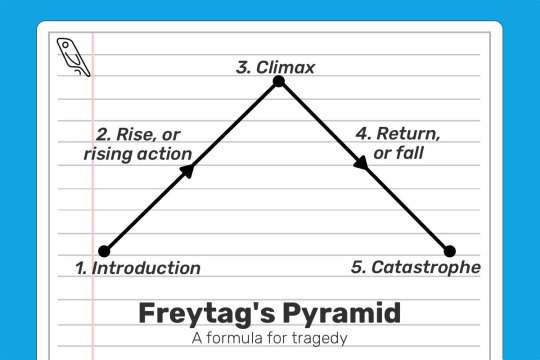
2. The Hero's Journey
the hero's journey is a very well known and popular form of storytelling.
it is very popular in modern stories such as Star Wars, and movies in the MCU.
although the hero's journey was inspired by Joseph Campbell's concept, a Disney executive Christopher Vogler has created a simplified version:
The Ordinary World: The hero's everyday routine and life is established.
The Call of Adventure: the inciting incident.
Refusal of the Call: the hero / protagonist is hesitant or reluctant to take on the challenges.
Meeting the Mentor: the hero meets someone who will help them and prepare them for the dangers ahead.
Crossing the First Threshold: first steps out of the comfort zone are taken.
Tests, Allie, Enemies: new challenges occur, and maybe new friends or enemies.
Approach to the Inmost Cave: hero approaches goal.
The Ordeal: the hero faces their biggest challenge.
Reward (Seizing the Sword): the hero manages to get ahold of what they were after.
The Road Back: they realize that their goal was not the final hurdle, but may have actually caused a bigger problem than before.
Resurrection: a final challenge, testing them on everything they've learned.
Return with the Elixir: after succeeding they return to their old life.
the hero's journey can be applied to any genre of fiction.

3. Three Act Structure:
this structure splits the story into the 'beginning, middle and end' but with in-depth components for each act.
Act 1: Setup:
exposition: the status quo or the ordinary life is established.
inciting incident: an event sets the whole story into motion.
plot point one: the main character decided to take on the challenge head on and she crosses the threshold and the story is now progressing forward.
Act 2: Confrontation:
rising action: the stakes are clearer and the hero has started to become familiar with the new world and begins to encounter enemies, allies and tests.
midpoint: an event that derails the protagonists mission.
plot point two: the hero is tested and fails, and begins to doubt themselves.
Act 3: Resolution:
pre-climax: the hero must chose between acting or failing.
climax: they fights against the antagonist or danger one last time, but will they succeed?
Denouement: loose ends are tied up and the reader discovers the consequences of the climax, and return to ordinary life.
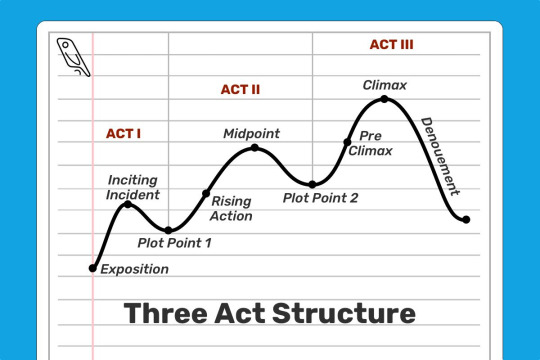
4. Dan Harmon's Story Circle
it surprised me to know the creator of Rick and Morty had their own variation of Campbell's hero's journey.
the benefit of Harmon's approach is that is focuses on the main character's arc.
it makes sense that he has such a successful structure, after all the show has multiple seasons, five or six seasons? i don't know not a fan of the show.
the character is in their comfort zone: also known as the status quo or ordinary life.
they want something: this is a longing and it can be brought forth by an inciting incident.
the character enters and unfamiliar situation: they must take action and do something new to pursue what they want.
adapt to it: of course there are challenges, there is struggle and begin to succeed.
they get what they want: often a false victory.
a heavy price is paid: a realization of what they wanted isn't what they needed.
back to the good old ways: they return to their familiar situation yet with a new truth.
having changed: was it for the better or worse?
i might actually make a operate post going more in depth about dan harmon's story circle.
5. Fichtean Curve:
the fichtean curve places the main character in a series of obstacles in order to achieve their goal.
this structure encourages writers to write a story packed with tension and mini-crises to keep the reader engaged.
The Rising Action
the story must start with an inciting indecent.
then a series of crisis arise.
there are often four crises.
2. The Climax:
3. Falling Action
this type of story telling structure goes very well with flash-back structured story as well as in theatre.
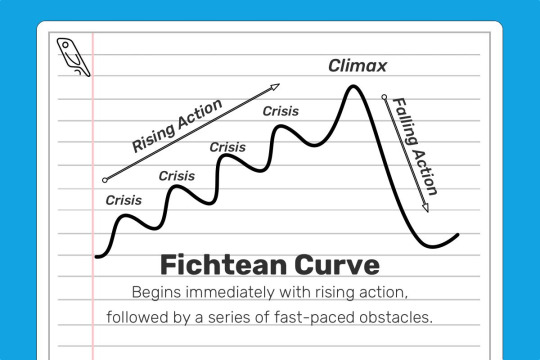
6. Save the Cat Beat Sheet:
this is another variation of a three act structure created by screenwriter Blake Snyder, and is praised widely by champion storytellers.
Structure for Save the Cat is as follows: (the numbers in the brackets are for the number of pages required, assuming you're writing a 110 page screenplay)
Opening Image [1]: The first shot of the film. If you’re starting a novel, this would be an opening paragraph or scene that sucks readers into the world of your story.
Set-up [1-10]. Establishing the ‘ordinary world’ of your protagonist. What does he want? What is he missing out on?
Theme Stated [5]. During the setup, hint at what your story is really about — the truth that your protagonist will discover by the end.
Catalyst [12]. The inciting incident!
Debate [12-25]. The hero refuses the call to adventure. He tries to avoid the conflict before they are forced into action.
Break into Two [25]. The protagonist makes an active choice and the journey begins in earnest.
B Story [30]. A subplot kicks in. Often romantic in nature, the protagonist’s subplot should serve to highlight the theme.
The Promise of the Premise [30-55]. Often called the ‘fun and games’ stage, this is usually a highly entertaining section where the writer delivers the goods. If you promised an exciting detective story, we’d see the detective in action. If you promised a goofy story of people falling in love, let’s go on some charmingly awkward dates.
Midpoint [55]. A plot twist occurs that ups the stakes and makes the hero’s goal harder to achieve — or makes them focus on a new, more important goal.
Bad Guys Close In [55-75]. The tension ratchets up. The hero’s obstacles become greater, his plan falls apart, and he is on the back foot.
All is Lost [75]. The hero hits rock bottom. He loses everything he’s gained so far, and things are looking bleak. The hero is overpowered by the villain; a mentor dies; our lovebirds have an argument and break up.
Dark Night of the Soul [75-85-ish]. Having just lost everything, the hero shambles around the city in a minor-key musical montage before discovering some “new information” that reveals exactly what he needs to do if he wants to take another crack at success. (This new information is often delivered through the B-Story)
Break into Three [85]. Armed with this new information, our protagonist decides to try once more!
Finale [85-110]. The hero confronts the antagonist or whatever the source of the primary conflict is. The truth that eluded him at the start of the story (established in step three and accentuated by the B Story) is now clear, allowing him to resolve their story.
Final Image [110]. A final moment or scene that crystallizes how the character has changed. It’s a reflection, in some way, of the opening image.
(all information regarding the save the cat beat sheet was copy and pasted directly from reedsy!)
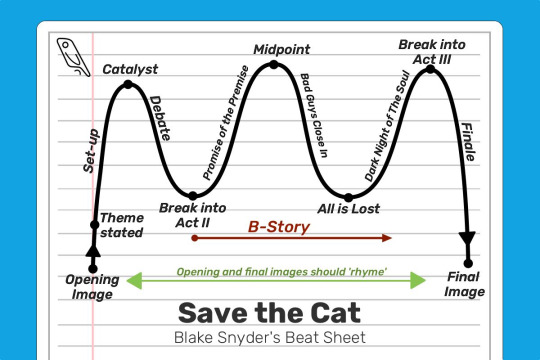
7. Seven Point Story Structure:
this structure encourages writers to start with the at the end, with the resolution, and work their way back to the starting point.
this structure is about dramatic changes from beginning to end
The Hook. Draw readers in by explaining the protagonist’s current situation. Their state of being at the beginning of the novel should be in direct contrast to what it will be at the end of the novel.
Plot Point 1. Whether it’s a person, an idea, an inciting incident, or something else — there should be a "Call to Adventure" of sorts that sets the narrative and character development in motion.
Pinch Point 1. Things can’t be all sunshine and roses for your protagonist. Something should go wrong here that applies pressure to the main character, forcing them to step up and solve the problem.
Midpoint. A “Turning Point” wherein the main character changes from a passive force to an active force in the story. Whatever the narrative’s main conflict is, the protagonist decides to start meeting it head-on.
Pinch Point 2. The second pinch point involves another blow to the protagonist — things go even more awry than they did during the first pinch point. This might involve the passing of a mentor, the failure of a plan, the reveal of a traitor, etc.
Plot Point 2. After the calamity of Pinch Point 2, the protagonist learns that they’ve actually had the key to solving the conflict the whole time.
Resolution. The story’s primary conflict is resolved — and the character goes through the final bit of development necessary to transform them from who they were at the start of the novel.
(all information regarding the seven point story structure was copy and pasted directly from reedsy!)
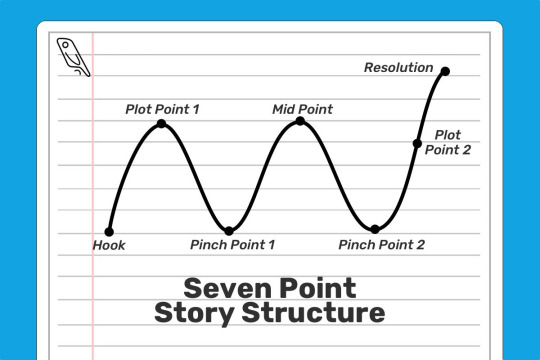
i decided to fit all of them in one post instead of making it a two part post.
i hope you all enjoy this post and feel free to comment or reblog which structure you use the most, or if you have your own you prefer to use! please share with me!
if you find this useful feel free to reblog on instagram and tag me at perpetualstories
Follow my tumblr and instagram for more writing and grammar tips and more!
13K notes
·
View notes
Text
I love them so much please😭❤
12 notes
·
View notes
Text
Serotonin for today!😄❤
93 notes
·
View notes
Text
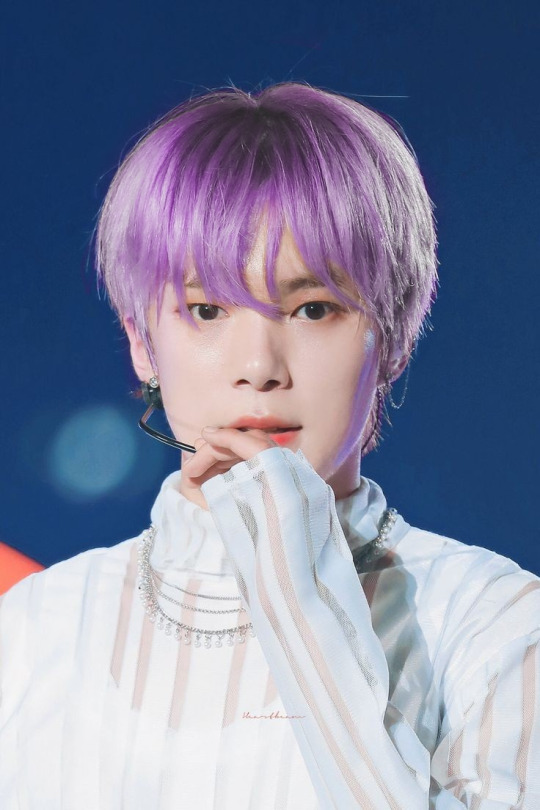
can we have purple hair Minhyuk please😭❤
#mx#hyungwon#jooheon#kihyun#minhyuk#monsta x#shownu#wonho#he look so good#he looks so handsome#he looks adorable
14 notes
·
View notes
Text
HAPPY 6th ANNIVERSARY KINGS-!♡.
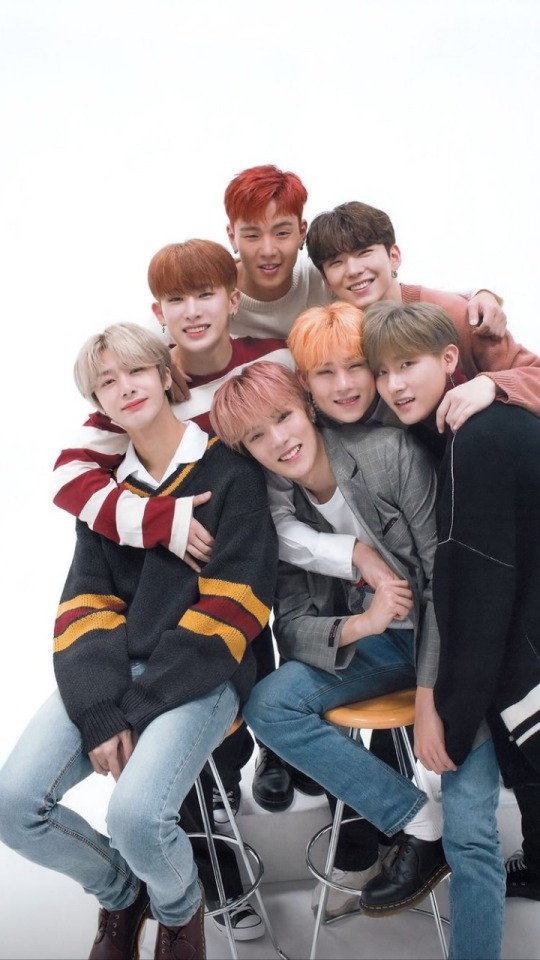
Thank you so much for everything♡
You really mean a lot in my life, you never fail to make me happy again and smile when I fall, you are one of my reasons to stay alive, you are also my reason to keep trying, you are my home, you are my family , good friends to me, you are everything, thank you for accompanying my life and making my life full of color and happiness, stay happy and I will always be with you until whenever it is ㄒoㄒ♡.
1 note
·
View note
Text
Literally me everyday ㄒoㄒ♡
53 notes
·
View notes
Text
I love him sm please >︿<。♡
#jooheon#mx#wonho#minhyuk#hyungwon#kihyun#changkyun#shownu#monbebe#lee minhyuk#monsta x minhyuk#monsta x
87 notes
·
View notes
Text
Me everytime I listen to 대동단결 :
32 notes
·
View notes
Text
Me rn:
18 notes
·
View notes
Text
≿━━━━━━━━━༺❀༻━━━━━━━━━≾
ˑ༄ؘ ۪۪۫۫ ▹ Ꮶเꪑ Ꮐᥙᥒhᥲk Ꮮꪮᥴk᥉ᥴɾꫀꫀᥒ ◃ ۪۪۫۫ ༄ؘ ˑ



Please like or reblog if you save it-! Thank you!!(>-<)♡
3 notes
·
View notes
Text
≿━━━━━━━━━༺❀༻━━━━━━━━━≾
ˑ༄ؘ ۪۪۫۫ ▹Ꭹꫀꪮ Ꮒᥕᥲᥒᥕꪮꪮᥒg Ꮮꪮᥴk᥉ᥴɾꫀꫀᥒ ◃ ۪۪۫۫ ༄ؘ ˑ
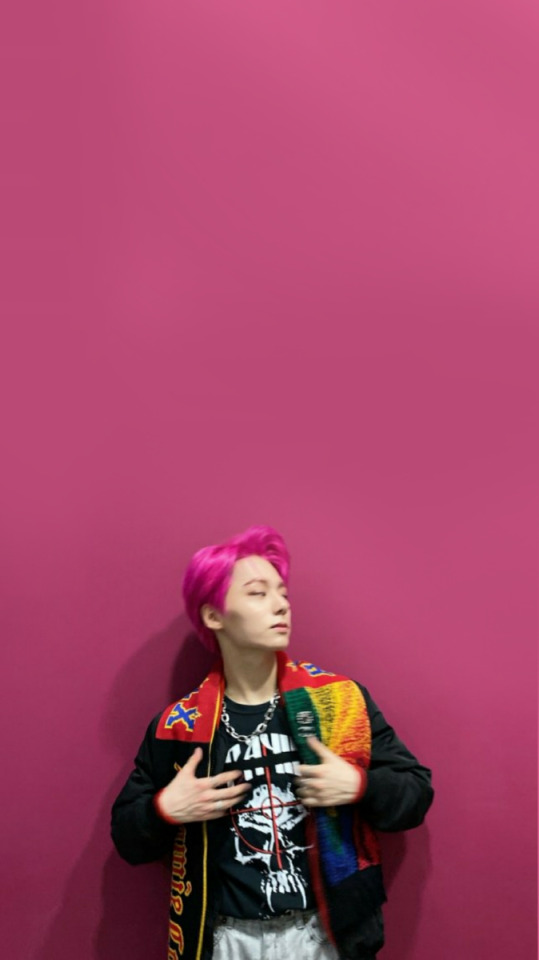

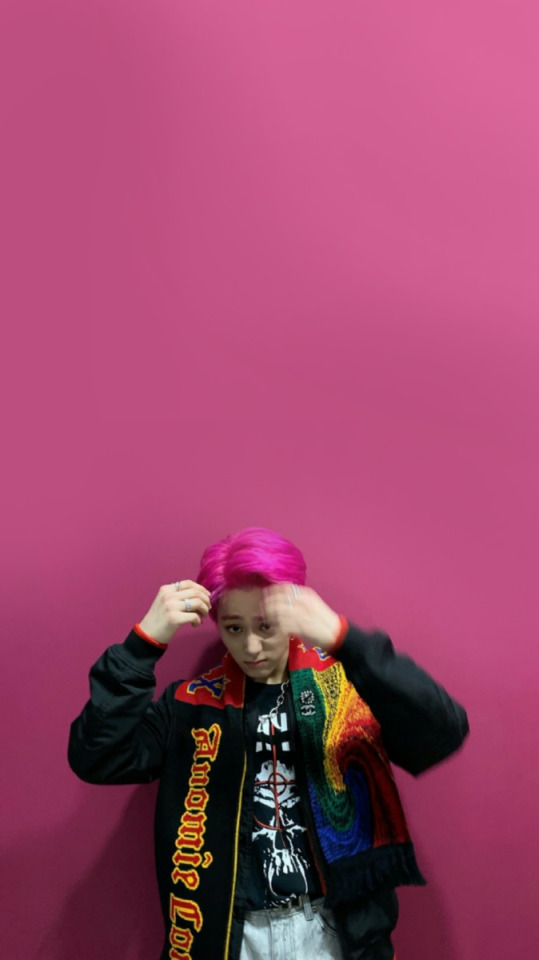
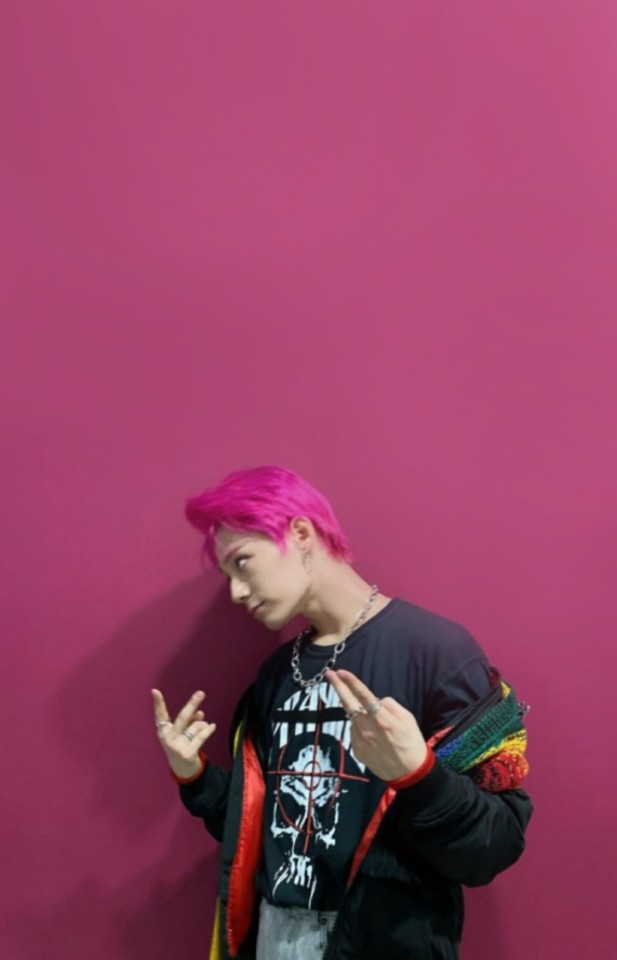
Please like or reblog if you use it-! Thank you!!(>-<)♡
6 notes
·
View notes
Text
≿━━━━━━━━━༺❀༻━━━━━━━━━≾
ˑ༄ؘ ۪۪۫۫ ▹Ꭹꫀꪮ Ꮒᥕᥲᥒᥕꪮꪮᥒg Ꮮꪮᥴk᥉ᥴɾꫀꫀᥒ ◃ ۪۪۫۫ ༄ؘ ˑ





Please like or reblog if you use it-! Thank you!!(>-<)♡
10 notes
·
View notes